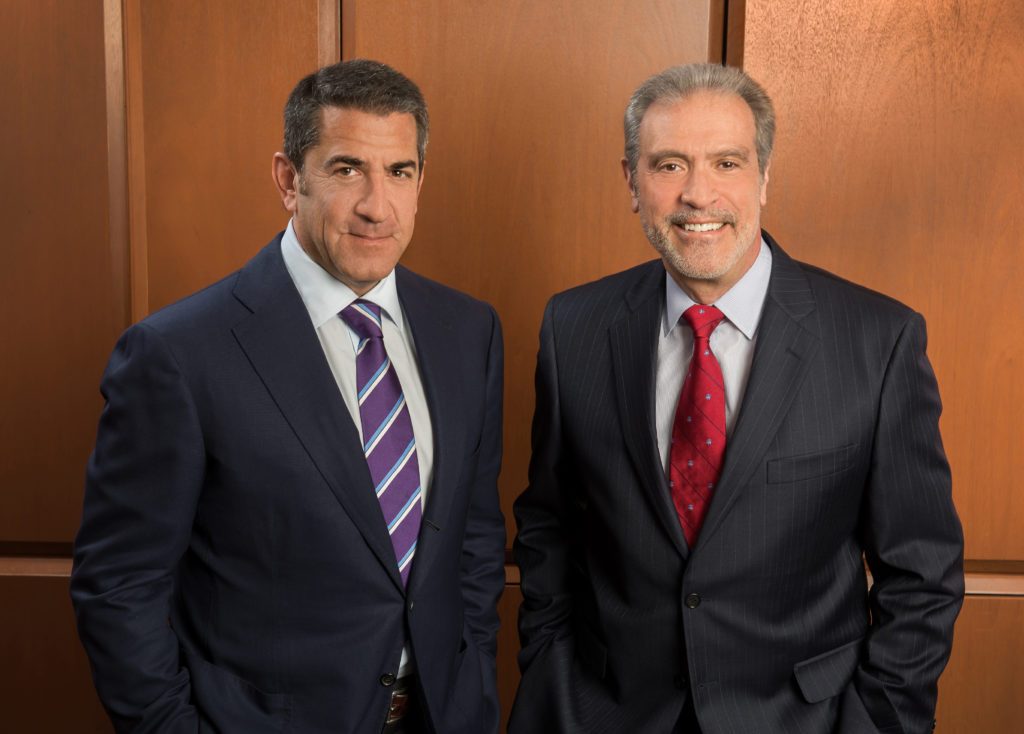According to Johns Hopkins Medicine, the brachial plexus is a group of nerves that are responsible for sensation and movement in the upper limbs. Located in the neck area, the brachial plexus is extremely vulnerable to damage in a car wreck.
Minor injuries to this area heal quickly, but serious wounds may take months or years to recover. If the injury severs the brachial plexus from the spine, the patient may suffer a lifelong disability.
Trauma causes most brachial plexus injuries to adults and children. Though rare, complications with birth may result in newborns suffering these injuries. Other causes include car crashes, motorcycle wrecks, stab wounds, bullet holes, contact sports, inflammatory conditions, neuropathies and compression. Treatment will depend on several factors, as Mayo Clinicexplains, including the injury’s severity.
If you suffered a brachial plexus injury due to another person’s negligence, contact the Law Offices of Needle & Ellenberg, PA. A personal-injury attorney in Miami can evaluate your situation to determine if you may have a legitimate claim.
Call 305-290-1736 to schedule a free evaluation.
Here are three types of surgery used to correct serious brachial plexus injuries:
1. Nerve Graft
Nerve graft procedures have a high success rate, but they are not appropriate for all brachial plexus injuries. They involve harvesting sections of nerves from another part of the body to replace the damaged brachial plexus. In most cases, a nerve graft will restore arm function and allow the patient to enjoy a better quality of life.
2. Nerve Transfer
If there is a complete severing of the nerve root from the spinal cord, your surgeon may recommend a nerve transfer. He or she will connect the damaged nerve to another, less important one still attached to the spinal cord.
Sometimes surgeons perform this procedure near the targeted muscle. This can speed recovery and eliminate the need for a nerve graft. Your doctor may combine these procedures.
Unfortunately, nerve growth is slow and you may not enjoy all the benefits of surgery for several years. During recovery, it is important to exercise your joints and muscles to prevent atrophy.
Nerve transfers are especially beneficial for patients with an avulsion, which is the worst brachial plexus injury. An avulsion occurs when an accident tears the nerve root from the spinal column, which results in upper-body paralysis. Nerve transfers are also helpful if your doctor wishes to speed muscle recovery.
3. Muscle Transfer
A muscle transfer is a complex procedure that involves removing a tendon or muscle from somewhere else in the body, usually from the thigh. The surgeon will then attach it to your arm before reconnecting all of the blood vessels and nerves that are responsible for supplying the muscle with what it needs to function.
Muscle transfers are typically necessary if a lack of use causes your arm muscles to atrophy. Sometimes surgeons also remove tissue and skin with the donor muscle to create a skin flap. This flap will allow the surgeon to monitor the muscle during recovery, ensuring it receives enough blood after the transfer.
If you suffered a serious injury in a car wreck, contact the Law Offices of Needle & Ellenberg, PA. A Miami personal-injury attorney can help you navigate the claims process and fight for the highest payout possible. Call 305-290-1736 to schedule a free evaluation.

